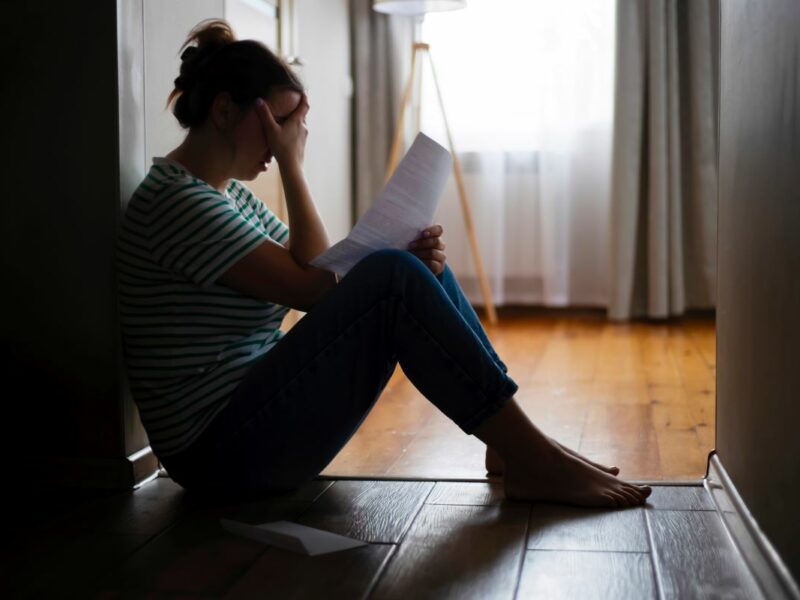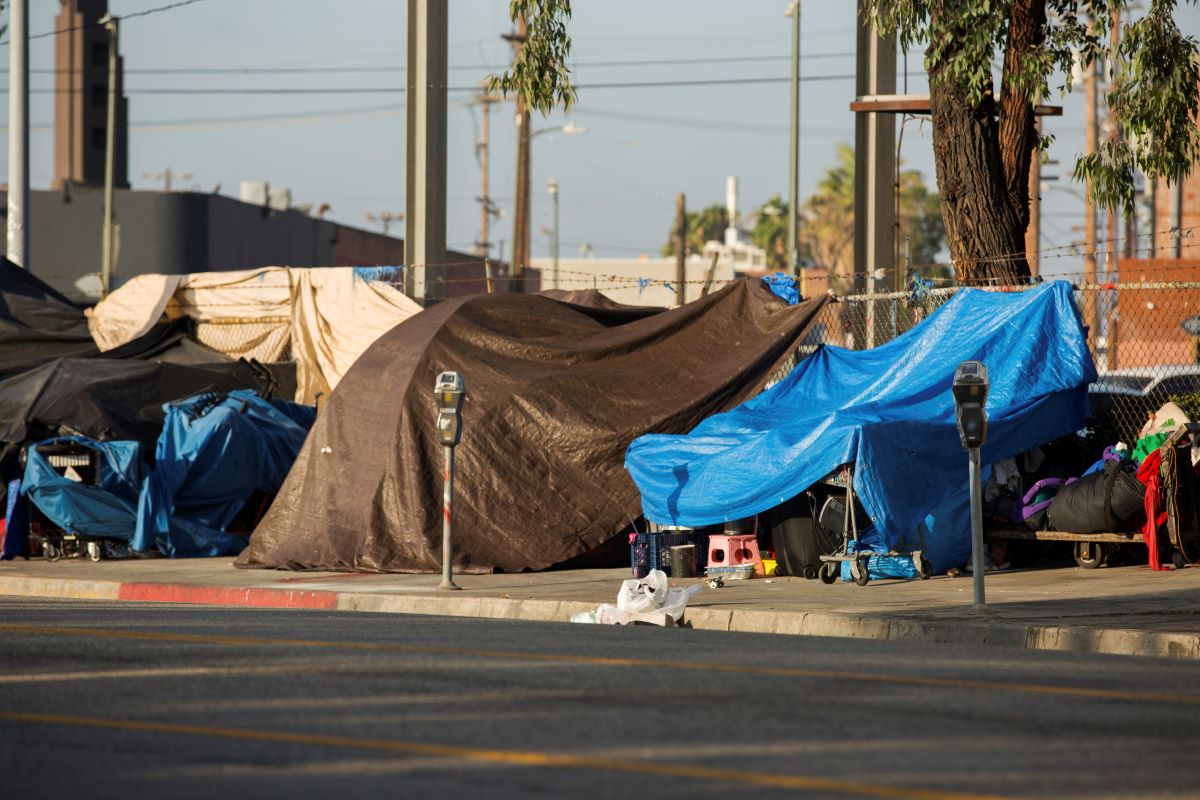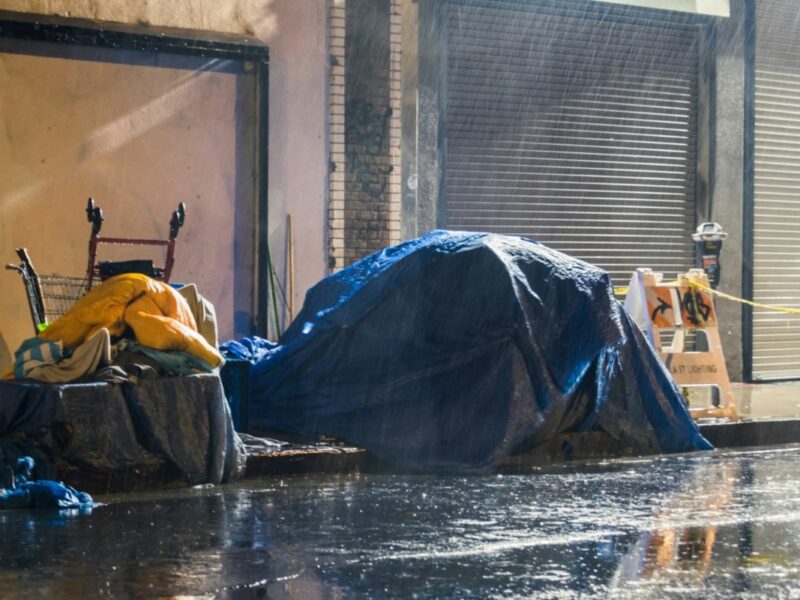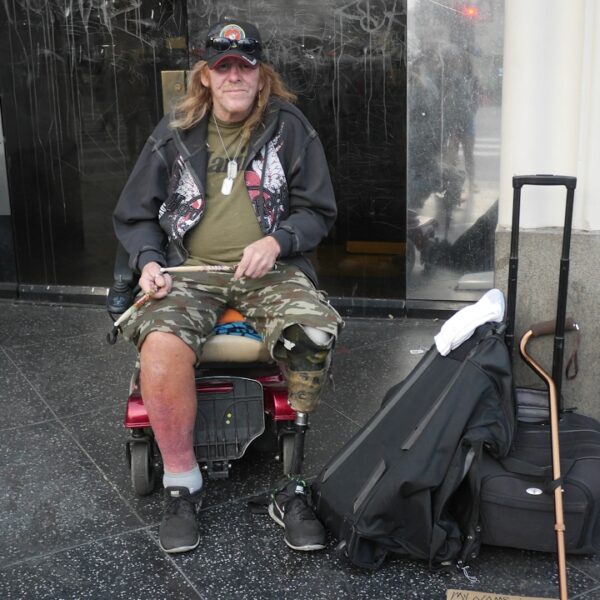Los Angeles has roughly three homeless people per available shelter bed despite efforts to improve and expand the city’s shelter system, according to a new audit from City Controller Kenneth Mejia.
The audit was released at a time when the local point-in-time count shows that Los Angeles homelessness rates have doubled from around 17,000 in 2015 to more than 46,000 as of January 2023. The number of shelter beds has also increased from 9,500 to more than 16,100 over the same time, but Mejia said the number of beds available is still “woefully inadequate.”
“The woefully inadequate amount of both interim and permanent housing resources, as well as the antiquated and inefficient methods of data collection and housing referral processes, significantly inhibit efforts by the City to respond to the crisis with the urgency that it requires,” Mejia wrote in his audit letter to Los Angeles Mayor Karen Bass.
California and Los Angeles are often mentioned as the epicenters of America’s homelessness crisis. California is home to about 30% of the country’s homeless, or roughly 182,000 people in all. Los Angeles accounts for roughly 40% of the statewide total.
Despite the scale of the issue, Mejia found several issues that prevent Los Angeles officials from adequately expanding their shelter system.
For instance, the city uses incomplete data concerning the number of beds available. Mejia said that is causing coordination issues between agencies responding to homelessness.
In one instance, Mejia found that workers with the Los Angeles Homeless Services Authority relied on daily census emails to track the number of available shelter beds instead of the city’s Bed Reservation System because it is so unreliable.
Mejia also found that LAHSA failed to follow up with interim housing providers about their snapshot data despite there being red flags about the data quality, according to the audit.
“These data quality issues make it next to impossible for the City to have an accurate picture of how many beds we actually have available and how many are being utilized in the City at any given time,” Mejia said.
Los Angeles previously attempted to publicize its shelter bed availability through an interactive dashboard on LAHSA’s website. However, issues with contract service providers and data quality both prevented the agency from launching a reliable database.
Mejia added that these issues have also compounded the impact of local ordinances that prevent homeless people from sitting, sleeping, or lying in certain areas of town.
Having adequate shelter available is also “crucial” to Los Angeles adhering to the Constitutional rights of unhoused individuals in the wake of the Boise v. Martin decision, he continued. The Martin decision essentially prohibits jurisdictions in several western states from punishing homeless people with citations or arrests if there isn’t enough shelter space available.
“Having reliable information about shelter bed availability would help the City ensure it is abiding by this interpretation of the Constitution,” Mejia wrote.
The audit also speaks to shelter system issues that advocates nationwide have raised.
In New York, advocates have called on local officials to completely redesign the shelter system to guarantee access after the city’s eviction moratorium expired earlier this year. Advocates have also called on local leaders to give homeless people more access to restrooms.
In Denver, 43 advocacy organizations have been pressuring elected officials to revise the city’s cold weather sheltering policies and expand access to overnight warming centers. Currently, the city only opens warming centers when the temperature drops below 20 degrees and there is a significant chance of snow. Advocates want warming centers to open when the temperature reaches 32 degrees, regardless of the chance of snow.
Some organizations included in the effort are the American Civil Liberties Union of Colorado, the Colorado Immigrant Rights Coalition, and the Denver Task Force to Reimagine Policing and Public Safety.
“Houseless people are being prevented from going inside in the freezing cold to get warm because they have to stay out to keep the City from taking all their property in a sweep,” the organizations wrote in a letter to Denver’s City Council on December 11. “When people do go inside, they lose all their property when they get out. This does not help people get inside to be warm, and it leaves people out in the streets in the cold with nothing.”
How You Can Help
The pandemic proved that we need to rethink housing in the U.S. It also showed that aid programs work when providing agencies and service organizations with sufficient funds and clear guidance on spending aid dollars.
Contact your officials and representatives. Tell them you support keeping many of the pandemic-related aid programs in place for future use. They have proven effective at keeping people housed, which is the first step to solving homelessness.












